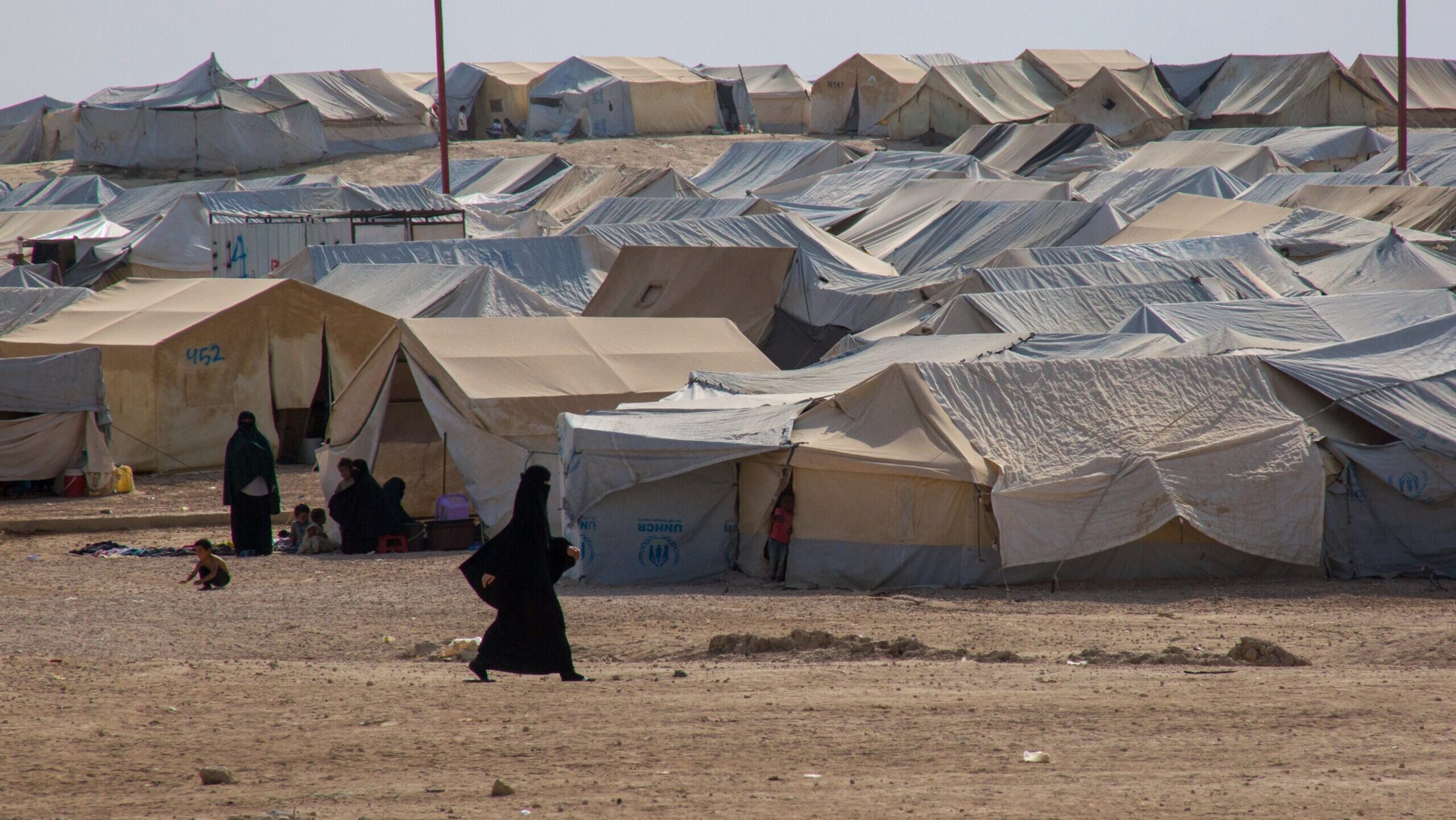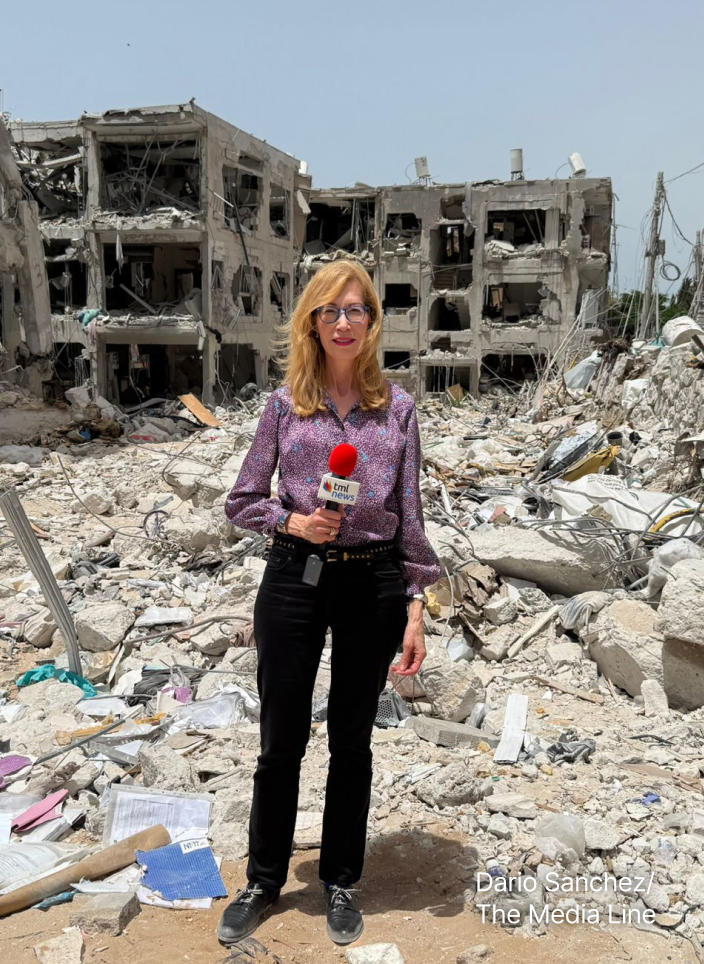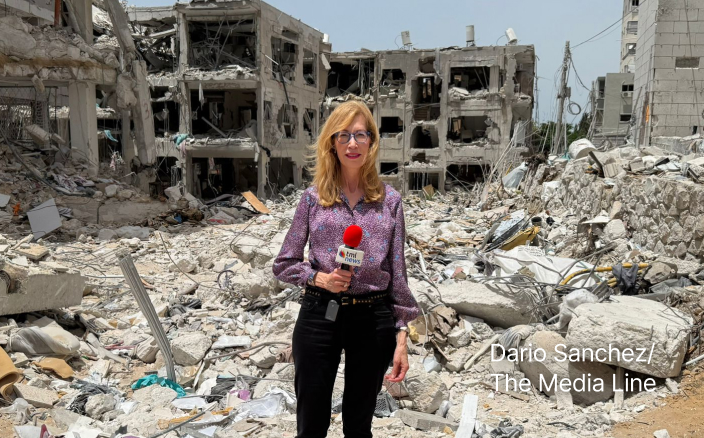Coordinated Humanitarian Transfer Moves Families Out of Al-Hawl
Dozens of displaced Syrian families left Al-Hawl refugee camp in northeastern Syria on Sunday, part of a coordinated humanitarian initiative involving the Kurdish-led autonomous administration and Syria’s interim government. The convoy, comprising 43 families—nearly 190 people—was transferred to interim government-held areas in Aleppo province.
The transfer was confirmed by Manal Haj Ali, a coordinator from the Syrian Center for Dialogue and Studies. “This evacuation is for humanitarian and medical cases that cannot be treated in the camp or surrounding areas,” she said. Coordination reportedly began in December 2024, following an announcement by the autonomous administration to allow families with urgent needs to leave.
Give the gift of hope
We practice what we preach:
accurate, fearless journalism. But we can't do it alone.
- On the ground in Gaza, Syria, Israel, Egypt, Pakistan, and more
- Our program trained more than 100 journalists
- Calling out fake news and reporting real facts
- On the ground in Gaza, Syria, Israel, Egypt, Pakistan, and more
- Our program trained more than 100 journalists
- Calling out fake news and reporting real facts
Join us.
Support The Media Line. Save democracy.
Al-Hawl, located near the Iraqi border, has long been one of the most overcrowded and security-sensitive camps in Syria. At its peak, it held over 55,000 people. By early 2025, that number had dropped to approximately 40,000, including around 16,000 Syrians. Women and children account for about 90% of the camp’s population, which includes citizens of over 60 countries.
Many residents are relatives of former Islamic State fighters, contributing to international concerns about security and long-term detention without due process. On May 31, a separate group of IS-linked families was repatriated to Iraq.
Relief efforts have been complicated by a suspension of US foreign aid, including support for Al-Hawl, following a funding freeze under President Donald Trump’s administration.
Sunday’s transfer is part of a phased effort to reduce the camp’s population and reintegrate families not affiliated with IS, particularly those facing medical or economic hardship.



